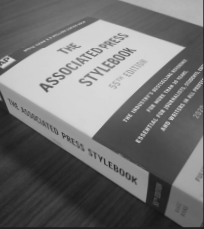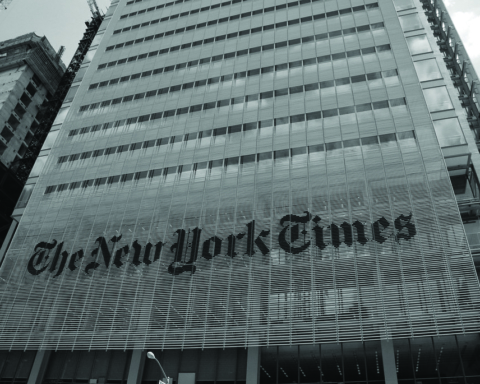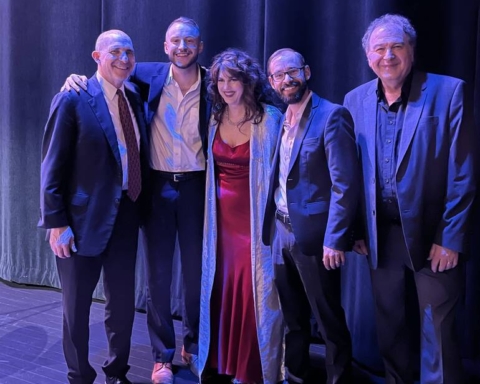Following the recent presidential election, “legitimate” news outlets have been decrying a spate of “fake news” stories.
But a big question hanging over consumers of all news is: How do we tell what news is fake and what news is real?
Cortney Padlo, a junior marketing major, said finding credible news sources isn’t difficult — if you know where to look.
“I think I get it from pretty credible sources so that’s how I figure out they’re not fake.”
Padlo said she gets most of her news from places like CNN, with a long history of being credible.
“I get all my celebrity news from E! News,” Padlo joked.
On a more serious note, though, Padlo said, “My brother said that he’s seen things on Facebook that are clearly super fake, but if the people who shared the article just look at the URL, they could tell it’s fake.”
Colleen Corey, a junior marketing major, said that she gets her news from an aggregate news website, Skimm.
“I like Skimm because it sends you an email each morning with news from the day, so you get your news right away,” Corey said.
She noted that the website is free and contains links to other news sites.
According to Rich Lee, Ph.D., assistant professor of journalism and mass communication, “A simple way to avoid becoming a victim of fake news is to read the full story, not just the headline or the tweet.”
Lee said that if you actually read the story, you’re more likely to figure out if the story isn’t true.
“If the story fails to deliver what the headline or tweet promises, take it as a sign that you may be reading fake news.”
Even better, he suggests taking the time to do your own research.
“I am skeptical about everything I read, so I often do my own fact-checking,” Lee said. “It takes extra time, but it helps to keep me informed and educated.”
Anne Lee, instructor in journalism and mass communication, said that she used to work as a reference librarian, and has experience finding real news.
“I always advised students to look for news sources on the databases that colleges provided,” she said. “Often students showed me what they had gotten by ‘Google-ing’ first and so often the information was erroneous, purposely misleading and even damaging toward various populations.”
She said she offered her students similar advice that she still offers now.
“One point I repeated again and again was to avoid what came up as .com or .net — unless it was from the databases and from long-established and reputable publications such as The New York Times, The Washington Post, The Philadelphia Inquirer, Time, The New Yorker, etc.,” she said. “Even in those, facts presented are not always 100 percent accurate.”
She reiterated Rich Lee’s point: “That’s why checking facts from one publication against another and looking for additional information in government, military and educational sites is always a good idea.”
mcelfrdh14@bonaventure.edu









